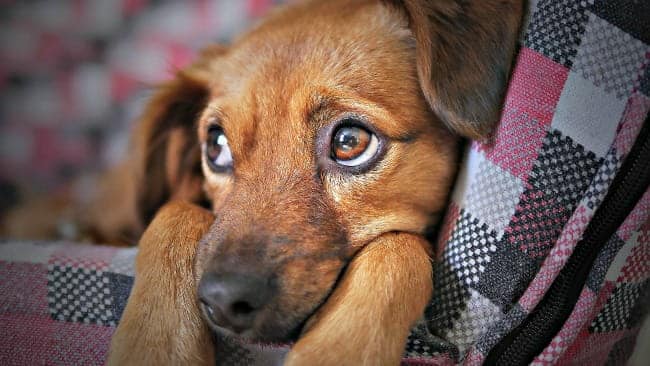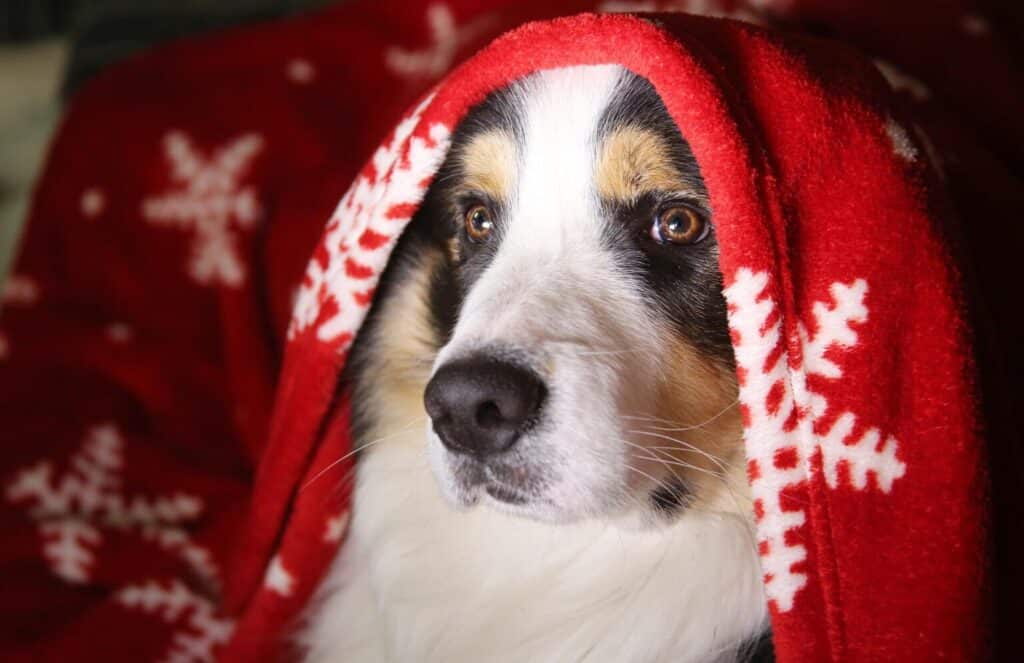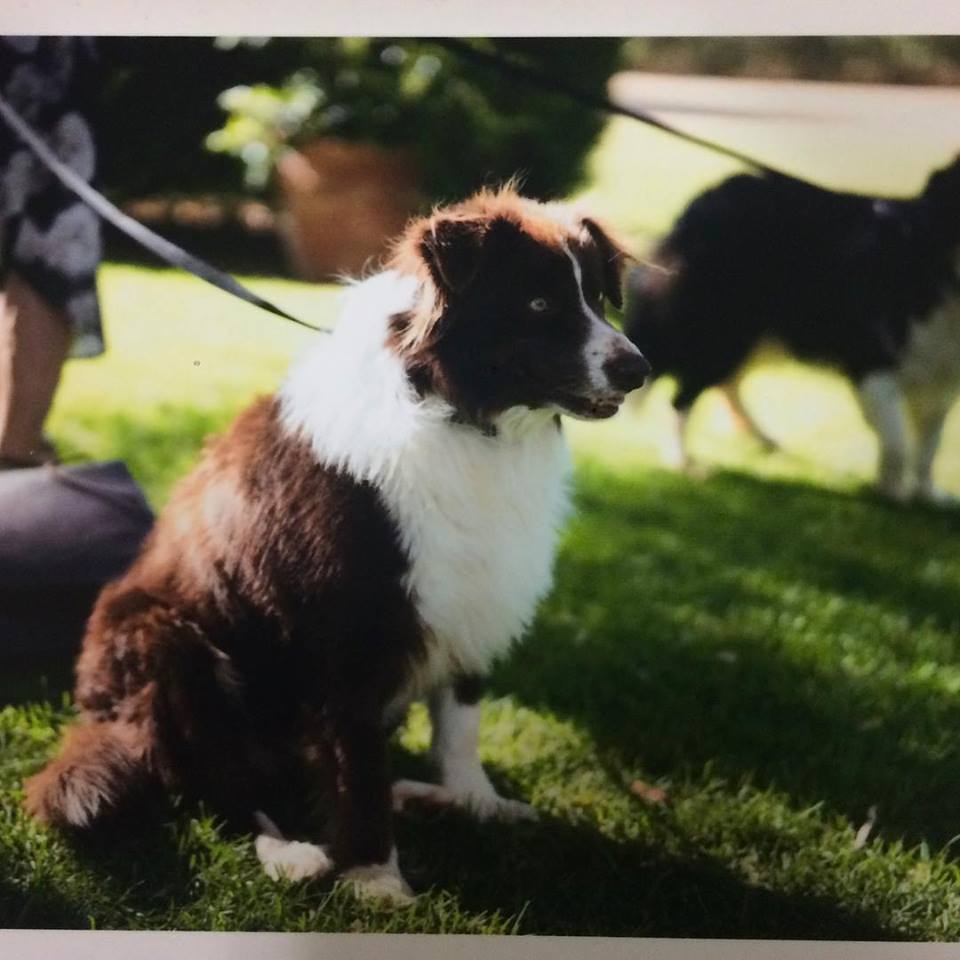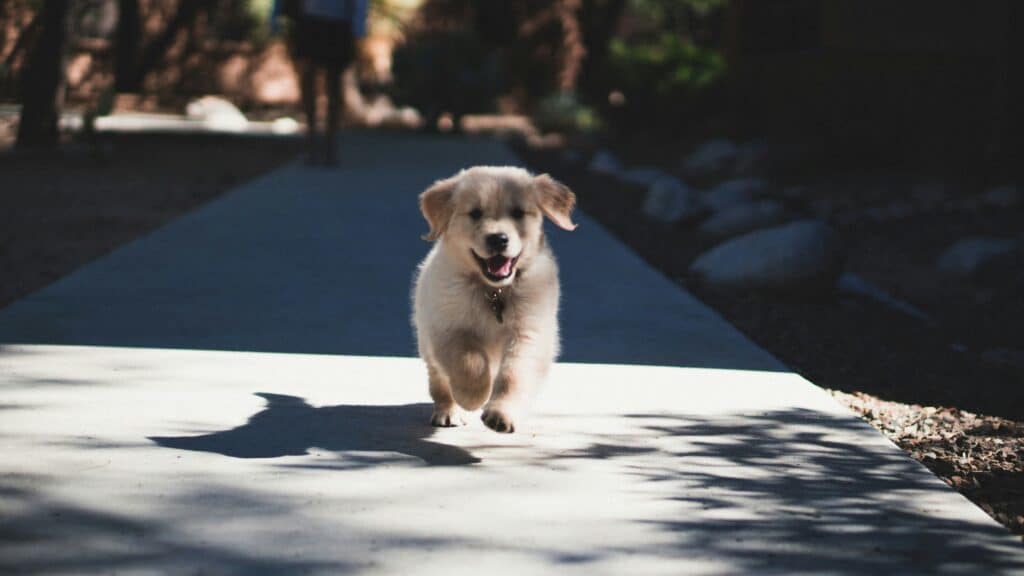You may find that one day your furry family member may need an anaesthetic for surgery or treatment of a disease processes. Some anaesthetics are routine/elective, whilst others can be urgent or emergency. Naturally, this may leave you in a position where you have lots of questions regarding the safety and necessity of anaesthetics in animals.
Read on below to have some of the common questions about pet anaesthesia answered.
1. My pet is old – I have heard it’s not safe for old animals to undergo anaesthesia.
This is a common myth that veterinarians hear. Age is just a number, and a pet’s health status is not a direct link to their age. All animals undergo a comprehensive health examination to check all the important body systems, with a particular focus on the heart, kidney and liver function. We would generally use a blood analysis to complement our exam findings before an anaesthetic.
Each individual patient has a plan based on the findings of the above and intended duration of anaesthetic or surgery. Real time monitoring of the pet’s vital organs during the anaesthetic allows our trained professionals to make any adjustments instantaneously, leading to a safer anaesthetic. Furthermore, a pre and post op plan is made with medications and home care to ensure the safest possible outcome.

(A general anaesthetic allows us to safely do advanced imaging)
2. Why does my animal need a blood test before surgery ?
We are very careful to ensure that every parameter is checked before commencing an anaesthesia plan by performing a comprehensive blood test. Blood analysis assesses the kidney and liver function, which are responsible for processing the anaesthetic drugs, as well as the hydration status of your pet. If there are any alarming changes, we may postpone the anaesthetic or make necessary adjustments.
3. Why do we have to have a pre-admission consultation?
To enable us to provide the most compassionate, safe and transparent service, it is best to perform a thorough exam well before the expected anaesthetic. This gives the veterinary team enough time to make an appropriate plan and discuss any concerns you may have. Usually we will encourage pet owners to have their pet examined by the vet in the days or weeks prior to a routine anaesthetic. It is also a nice way for your pet to meet their vet and to discuss any concerns you have. On the day of the anaesthetic, we request clients present their pet to our clinic at 8am, following any fasting advice given.
4. Anaesthesia Monitoring – what is it ?
When your pet is under an anaesthetic, a veterinary professional will always be monitoring them. Monitoring is both hands on and with the use of technology. A veterinary nurse will use their eyes, ears and touch senses to feel and listen to your pet. Further to this, we utilise the latest in monitoring technology called a ‘multiparameter’ monitor, very similar to human medicine, and include the below:
ECG (electrocardiogram) – monitoring electrical signals in the heart, ETCO2 (end tidal carbon dioxide ),Respiratory rate, heart rate, temperature and more.
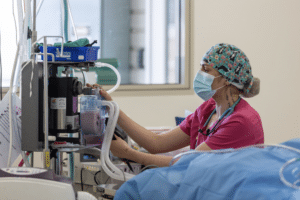
(A qualified veterinary nurse closely monitors a patient for every anaesthetic)

